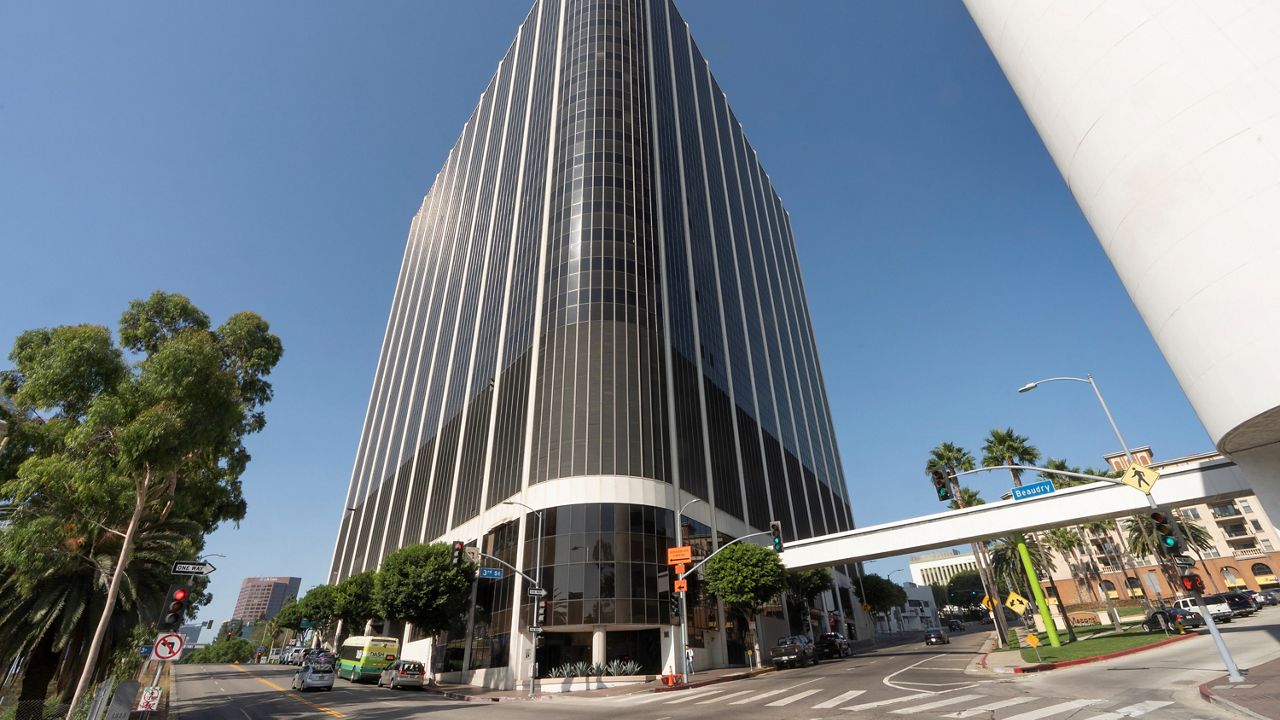LOS ANGELES (CNS) — Los Angeles Unified School District Board of Education member Nick Melvoin easily won reelection, and while fellow incumbent Kelly Gonez bested a pair of opponents in Tuesday’s election, she was short of the mark needed to avoid a November runoff.
Melvoin easily outpaced two challengers — electrical engineer Gentille Barkhardarian and teacher Tracey Schroeder — and earned more than 55% of the vote to retain his District 4 seat, which represents parts of the San Fernando Valley and West Los Angeles and stretches south to Westchester. Melvoin had a major advantage in fundraising and was anticipated to easily win another term.
Gonez was also considered a favorite in District 6, which includes areas such as Sun Valley, San Fernando, Mission Hills, Panorama City and North Hollywood. As the vote tally continued Tuesday night and into Wednesday morning, however, Gonez fell short of the 50% mark needed to avoid a November runoff.
According to semi-official results released early Wednesday, Gonez had 45.4% of the vote. It was unclear how many provisional, questioned and mail-in ballots might still remain to be tallied in the district, but they were unlikely to change the outcome.
Gonez will square off in November against high school teacher Marvin Rodriguez, who finished second in the race with 30.6%.
Much of the attention in the election, however, was focused on the wide-open District 2 race, with incumbent Monica Garcia termed-out of office. The district includes downtown, Boyle Heights, Lincoln Heights, Highland Park and Montecito Heights.
Four candidates fought for the seat, but Rocio Rivas, a policy deputy for LAUSD board member Jackie Goldberg, topped the field with 38% of the vote to land a spot in the November runoff. She said she supports a re-examination of school campus safety, police presence on campuses and patrol tactics. She also backs the district’s COVID-19 vaccination policies and says she will work to reverse underfunding of public schools due to policies such as Prop 13. She also said she wants to apply “common-sense standards of transparency, equity and accountability to charter schools.”
Rivas will square off in November against Maria Brenes, founder of the InnerCity Struggle advocacy group. She collected 31.3% of the vote to earn a spot in the runoff. She claims her years of advocacy work on behalf of students supports her election bid. She boasted endorsements from Reps. Lucille Roybal-Allard and Jimmy Gomez, county Supervisor Hilda Solis and various other elected and labor officials. Brenes said she wants to eliminate bureaucratic barriers in the district for parents and students and will reverse what she calls years of under-funding of schools on the east side of Los Angeles.
The seven-member school board will be making difficult choices in the weeks and years ahead.
Superintendent Alberto Carvalho recently told the board the district is facing a roughly 30% drop in enrollment over the next decade. With enrollment directly tied to funding, such a precipitous decline will lead to difficult budget decisions, including possibly campus closures, reductions in staff or employee benefits.
The district is also in the midst of contract negotiations with the powerful teachers’ union, United Teachers Los Angeles, which is pushing for 20% raises over the next two years. Carvalho called the situation a “perfect storm” of “unsustainable trends.”
The board will also face continued questions about campus policing. The board in 2021 dramatically slashed the budget of the School Police Department, reducing the size of the force and removing all officers from campuses in favor of staff trained in de-escalation strategies. The move came in response to national pushes for scaling back police agencies following the death of George Floyd in Minneapolis.
But the debate over school safety has been renewed following the massacre at Robb Elementary School in Uvalde, Texas. Following that shooting, Carvalho said the district was updating its safety protocols, such as conducting an “access assessment” to reduce entry points to campuses and exploring “safe corner” designations to students and staff have protected areas on campus to reach in the event of an emergency.



